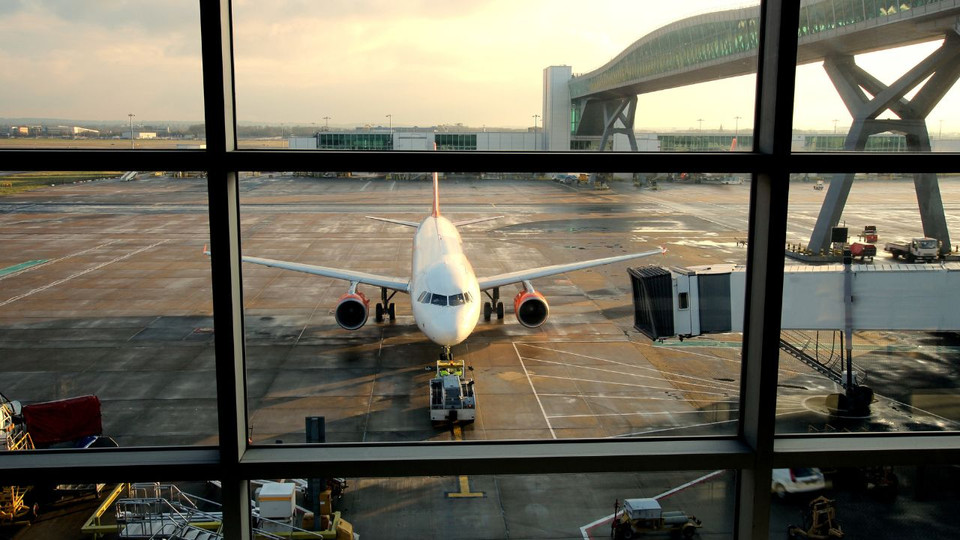Nov 5, 2024 Dr. Paul Flachskampf
ShareRegional airports are the lifeblood of Australia's remote and rural communities, providing essential connections for medical services, emergency response, and economic development. Yet these crucial infrastructure assets face mounting challenges that threaten their long-term sustainability. With the Australian Airports Association's National Conference approaching, let's examine the pressing issues facing our regional airports and explore potential solutions.
Recent research paints a concerning picture. According to Deloitte Access Economics, their comprehensive analysis reveals that 61% of regional airports operated at a loss in recent years. They face a staggering $170 million infrastructure and maintenance funding shortfall over the next decade. In that period, operating costs are projected to rise by nearly 40%.
Why Regional Airports Matter
The importance of regional airports extends far beyond commercial flights. According to the Australian Airports Association, they serve as critical infrastructure that:
- Facilitate over 6,000 emergency evacuations annually
- Support aerial firefighting operations with over 500 aircraft nationwide
- Enable essential medical services like the Royal Flying Doctor Service
- Connect remote communities to healthcare, education, and economic opportunities
- Support regional tourism, which accounts for 45% of Australia's tourism industry
Australian Regional Airports Key Challenges
1. Infrastructure Maintenance
The ACIL Allen Regional Airport Infrastructure Study found that many regional airports operate with infrastructure that is 70+ years old, requiring substantial upgrades to meet modern aviation safety standards. The cost of maintaining runways, lighting systems, and other critical infrastructure increases significantly with distance from major centres.
2. Financial Sustainability
Regional airports face a fundamental mismatch between revenue and costs. The Deloitte analysis revealed that RPT (Regular Public Transport) airports experience an average 3.4% funding gap while Non-RPT airports face a severe 45.6% funding gap. Maintenance costs typically consume 25-49% of total expenditure.
3. Resource Management
Fixed resources like gates, check-in counters, and baggage systems must be managed efficiently despite fluctuating demand patterns and limited staff. According to the ACIL Allen study, this challenge is particularly acute for smaller airports with constrained budgets.
4. Regulatory Compliance
The Regional Aviation Association of Australia (RAAA) notes that smaller airports struggle with the proportionally higher costs of meeting safety and security requirements, with screening requirements creating particular financial and personnel burdens for regional airports.
5. Future Planning
Regional airports face unique challenges in forecasting demand and planning infrastructure investments due to:
- Volatile economic conditions in regional areas
- Uncertainty around airline commitments
- Limited access to capital for improvements
Moving Towards Solutions
As Bernadette Schaefer, Product Manager at INFORM Aviation, will discuss at the upcoming AAA National Conference, smarter approaches to managing fixed resources can help address some of these challenges. By implementing sophisticated planning tools and optimising resource allocation, regional airports can reduce their operational costs and improve their infrastructure utilisation. Moreover, they manage fluctuating demand better, as well as building resilience for future challenges.
Looking Ahead
The sustainability of Australian regional airports is crucial for maintaining connectivity across the entire country. While the challenges are significant, opportunities exist to enhance efficiency through better resource management, targeted infrastructure investment, and innovative operational approaches.
As we look to the future, collaboration between government, industry, and technology partners will be essential to ensure Australian regional airports can continue serving their vital role in connecting and supporting communities.
About our Expert

Dr. Paul Flachskampf
CEO INFORM ANZ
With over 15 years of experience as a research and consulting professional, Paul has deep expertise in IT and logistics. He joined INFORM in 2011, initially working in IT project management and consulting. In his current role as CEO of INFORM Australia, he helps clients make better decisions about the solutions to optimise processes across a variety of industries, including aviation, building materials, banking, maritime terminals, and more.

